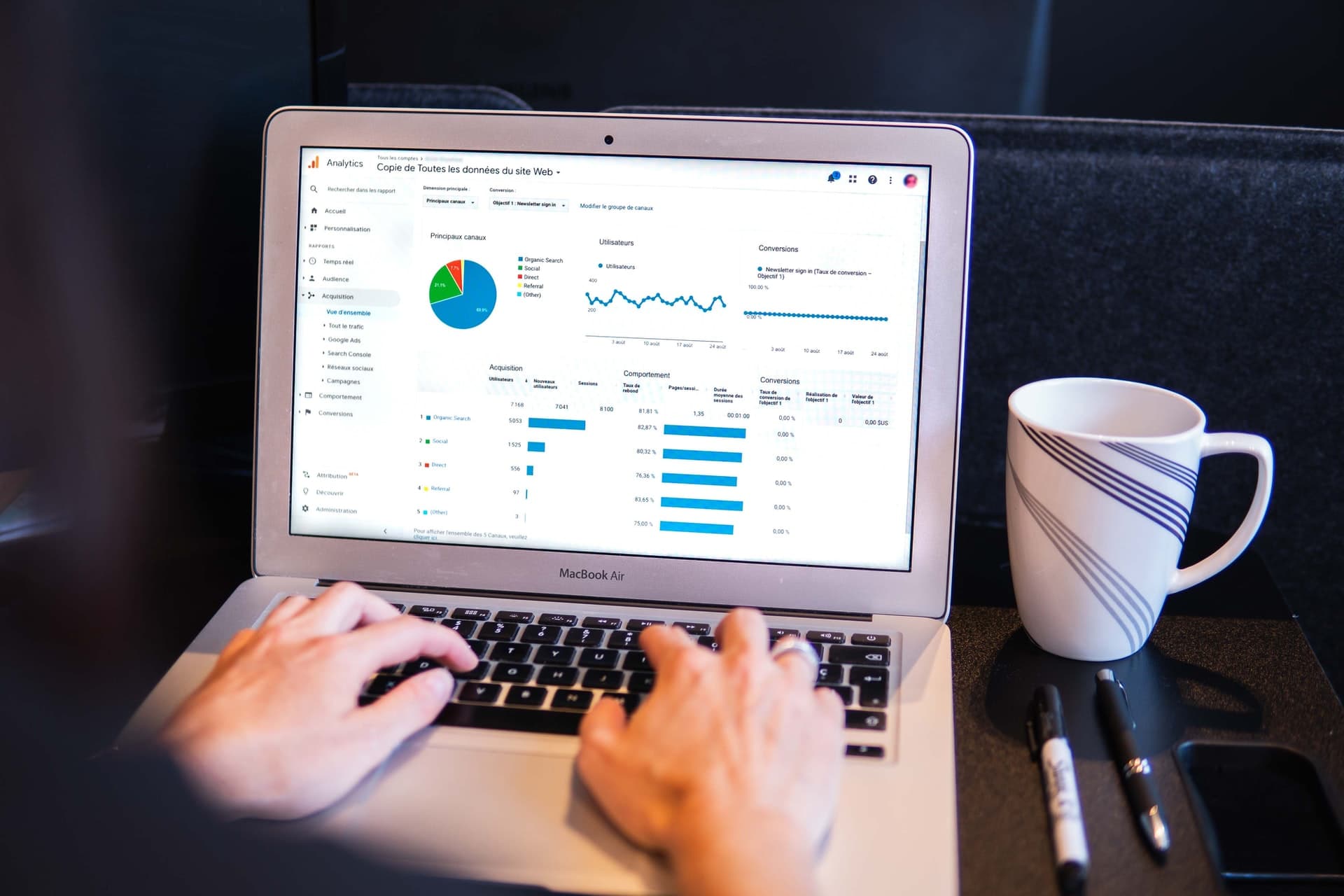As the transportation and logistics industry continues to evolve, data has become an ally through this digital transformation. Even though transport data has been part of the picture for many years, the way that companies are using it has changed dramatically. Companies are only now utilizing big data analytics to their advantage, finding tangible value and incorporating it into their strategies.
The logistics industry is complex, making it a perfect fit for a data-driven environment. Companies within the sector are now leveraging the power of data to fill in operational gaps, find more efficient and cost-effective alternatives, and provide transparency to the entire process.
Through data, companies can now predict the marketplace’s behavior, anticipating slower and busier periods for their business, as well as shortages in supply. Foreseeing these aspects of their business will allow them to stay ahead of the game and make better decisions that are likely to provide positive outcomes for their businesses.
What are big data and data analytics?
Before discussing why data becomes the key differentiator for companies within the industry, it’s essential to understand what it actually means.
Big data refers to a great variety of information that arrives at increased volumes and velocity. It’s data that’s so vast that conventional methods can’t analyze it. It requires data processing software that can analyze and interpret it to provide actionable insights for businesses.
Transport data as a differentiator for your business
Incorporating data analytics will help your business gain valuable and actionable insights into your operations. It will allow you to find those operational gaps and patterns slowing down your business, helping you make changes to benefit your overall performance.
But to leverage the power of data, companies must shift gears and recognize the need for a data-driven environment. Successful companies are implementing AI and data analytics into their processes, not just for their long-term strategies but also for their day-to-day operations.
As the transportation and logistics industry becomes more and more competitive, companies that want to survive and thrive must let go of traditional ways of looking at operations and welcome new, more effective processes. One of the elements that prevent companies from moving forward is the notion of hoarding data instead of sharing it with their entire transportation network. By sharing data, everyone knows what’s going on, and operations will run smoothly.
Why use transport data in your operations?
There are many reasons why companies within the industry should use data analytics, these are just a few.
- Metrics
Having continuous data about your operational performance will allow you to monitor periodically what’s going on and quickly find any issues along the way. Inefficiencies or errors will be detected in real-time, allowing decision-makers to intervene and take care of the issue at hand. Data allows companies to measure their performance constantly, compare their productivity, and determine action plans that benefit the business.
- Forecasting
As mentioned before, having access to data will allow your business the opportunity to foresee possibly busy or slow seasons and anticipate demand peaks. This type of information will enable decision-makers to create strategies that align with what clients will need, therefore creating flexible and adaptable business models.
- Productivity
Another reason why companies in the logistics industry are implementing data analytics into their operations is to improve their overall productivity. Data can help businesses find operational gaps and incorporate new workflows that encourage efficiencies, therefore, impacting overall productivity. It becomes a chain effect, where discovering the problem leads to solutions that ultimately increase productivity.
- Managing performance
Having a complete overview of how your operation flows will help you track performance, ensure operational standards are being met, and determine action plans to target operational gaps. Thus, maintaining a streamlined process for a seamless and efficient transportation system.
- Route optimization
A more transportation-specific reason why companies use data is for route optimization. Thanks to the information gathered through GPS and other apps that provide insights on weather and road conditions, routes can be optimized and shifted to offer faster and safer transportation services. Analyzing all the data and putting it together will provide actionable insights, helping you improve your service and gain your client’s trust.
Two other essential benefits of route optimization are that you’ll be able to reduce fuel consumption and lower the risk of accidents. By finding faster and less congested routes, your drivers won’t use as much fuel as they usually would. Also, your drivers will be driving in safer lanes that don’t have many vehicles, decreasing the chances of accidents along the way.
Incorporating data analytics into your business will increase productivity, allowing you to have a streamlined process and, ultimately, satisfied clients. Even though technology is rapidly evolving in every industry, it all dials down to data and how you are using it to benefit your business and maximize its potential.
